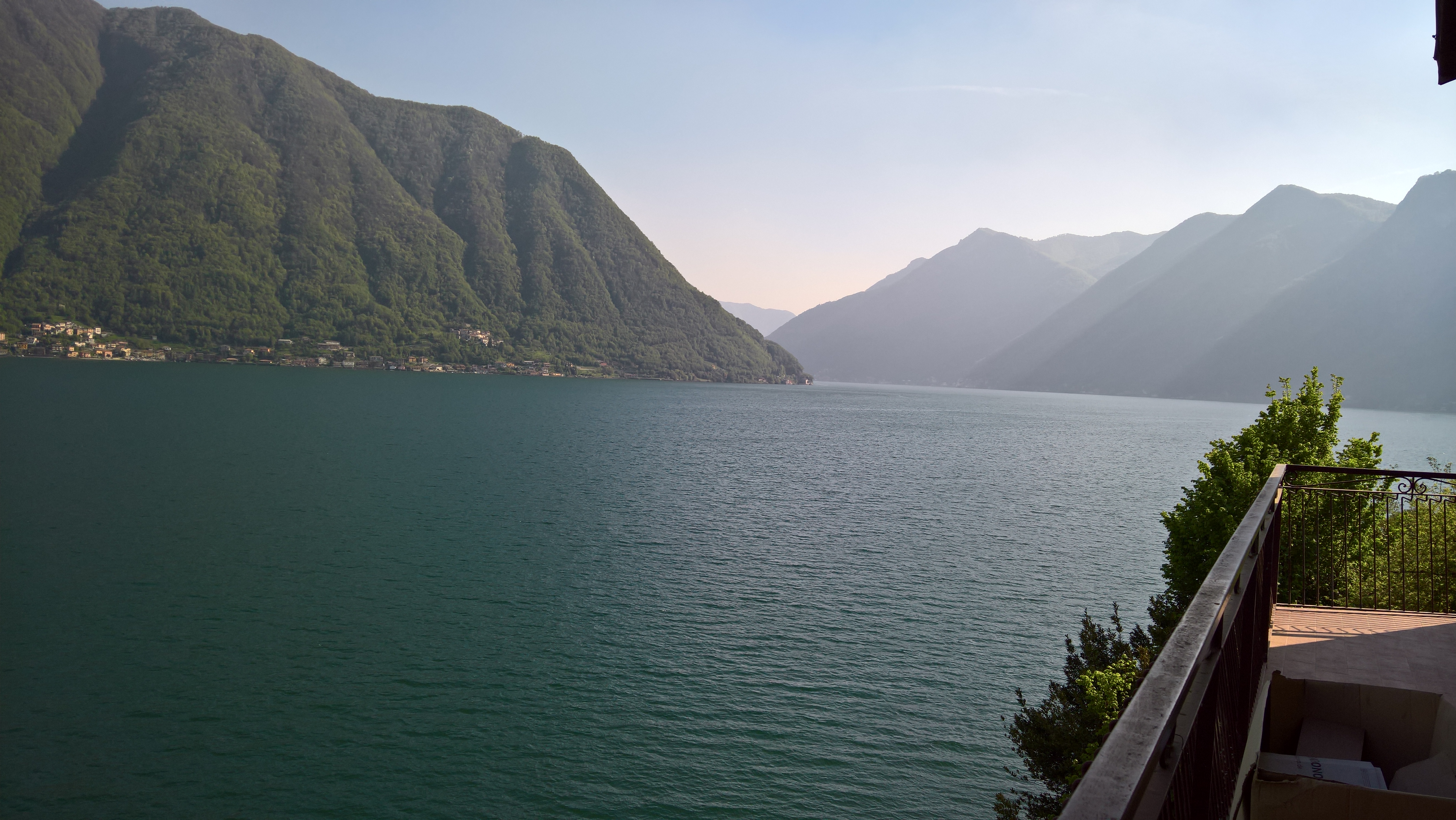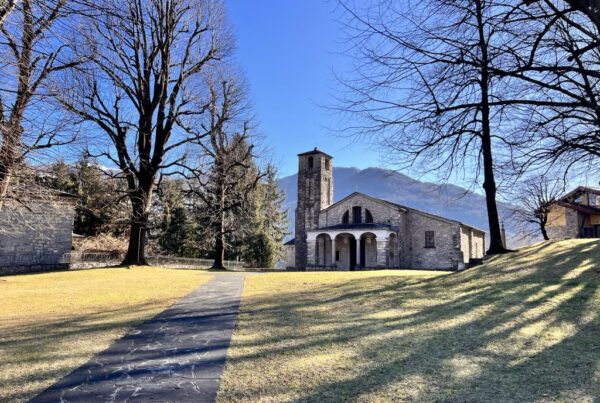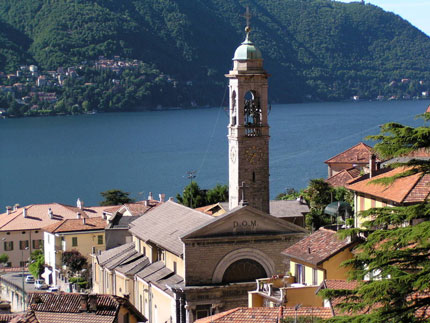Pognana LarioThe village extends from the shore of the lake to Monte Preàla, with a succession of wards. The area is divided by the big valley of Rovasco. The localities of Canzaga and Oréa are on the left and those of Rovasca and Quarzano are on the right. Some grave show that the place was inhabited in Roman times.
The higher part of the village is called Castello because it was fortified in the Middle Ages. It was part of the feud of Nesso, which was ruled by the Visconti family but was later ceded by the Spanish to the Gallio family.
On the mule-track, which from Pognana goes up the Colma della Guardia, there is a deep crevice, in the rock, called the buco di Premen. The area has many caves that have not been explored yet. The main activity, in the area, is the production of iron wire but tourism has developed since the building of a tourist village. The village was once famous for its quarries of Moltrasina stone. This activity has almost disappeared, as has the cultivation of crops.
SIGHTS
The Church of San Miro
This is situated in the locality of Rovasco and is from the 12th-13th centuries. It was renovated several times and was extended in the fourteenth century. It has preserved frescoes of the Blessed Virgin with Baby Jesus and St Christopher. It is believed that its dedication to San Miro derives from the legendary journey that the Saint made from Canzo to Sorico, walking across the water of the lake.





